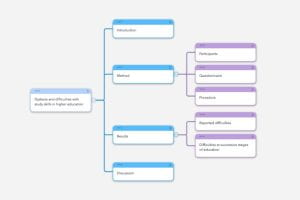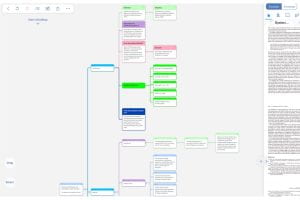 by Emma Lau, Veterinary Science student and Bristol Futures Advocate
by Emma Lau, Veterinary Science student and Bristol Futures Advocate
In schools, we are very used to having a tutor to guide us with our learning. However, university teaching is more self-directed and independent It can be quite a big shock to some of us, particularly first-years students, at least that’s what I felt three years ago when I first started vet school.
Veterinary Science is a content heavy subject, having a tutor undoubtedly will help you revise more efficiently and effectively. I never thought I would be able to do that until ChatGPT was launched in November 2022.
Why should we use AI tutor for revision?
Here’s are the two main reasons:
1. Breaking the chains of procrastination.
Procrastination has always been a nemesis of students, and I am no exception. Unlike the monotony of reading through notes, the interactive nature of AI tutoring helps me to stay motivated and on track on my revision plan.
2. Refined learning efficiency.
Content taught any courses in universities, especially health sciences, can be overwhelming. AI can help us to organise and condense our notes. The Q&A method adopted by AI tutor makes my learning process more efficient and enjoyable.
What next?
After knowing the benefits of utilising AI for revision, the next step will be to generate your own AI tutor. It can be difficult and time consuming to create your own bot from scratch. Fortunately, there are plenty of examples of AI tutor bots on the internet for us to use as a template. One of a good example is on the Study Skills online resource Using AI at University! I have been using that template since the release of the resources. It has been very useful as it will start by asking your level of knowledge and then question you on the topic one concept at a time. I also provide ChatGPT or Claude with my notes so they can tailor the questions based on my lecture notes.
Examples on how to utilise AI tutor
Below are some detailed examples of how I used ChatGPT and Claude for revision, hopefully that may inspire some of you on how to use your AI tutor!
1. General review of a topic
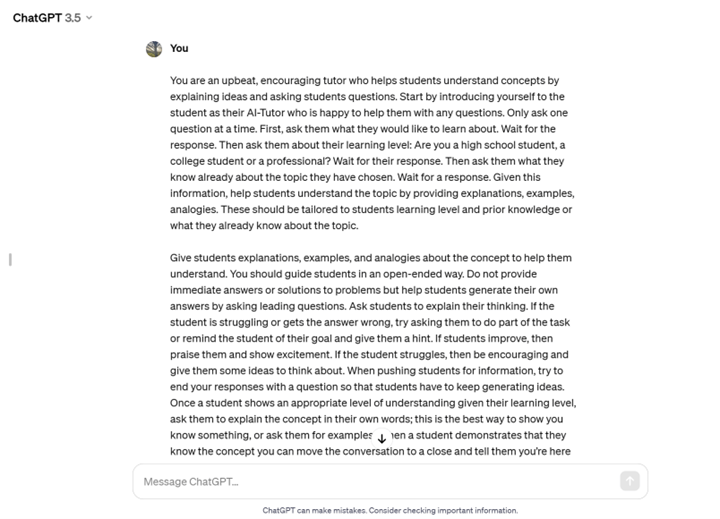
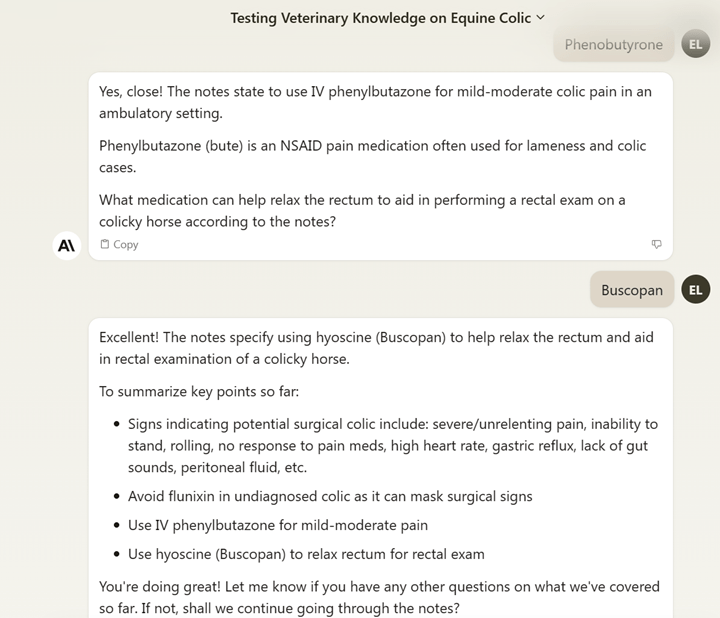
2. Creating practice MCQs (multiple choice questions)
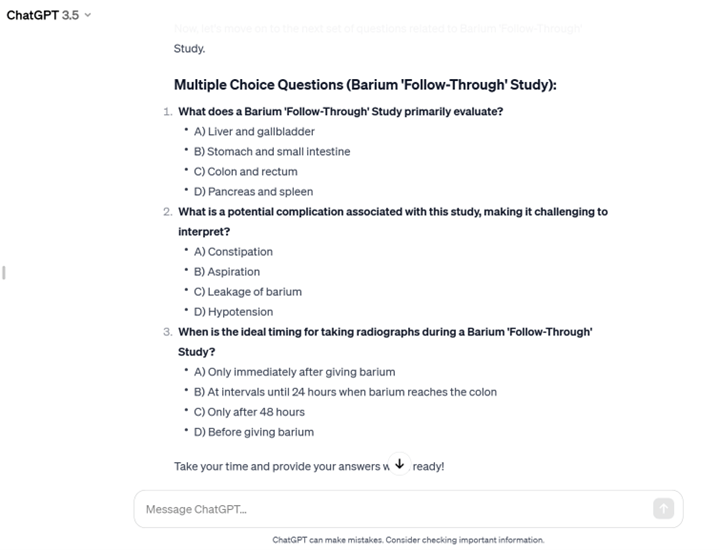
If you’re looking to revolutionize your study routine, why not give AI tutors a try? Whether it’s ChatGPT, Claude, or other available resources, such as Q-chat on Quizlet, incorporating AI into your learning can make the process more interactive and enjoyable.
For more information about using AI tools for study, see our online guide to Using AI at University

 by Allison Sia, Law student and Bristol Futures Advocate
by Allison Sia, Law student and Bristol Futures Advocate